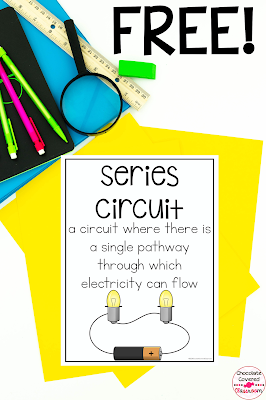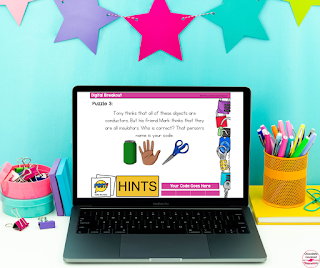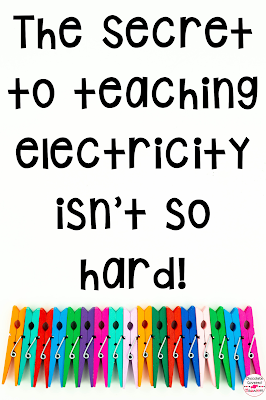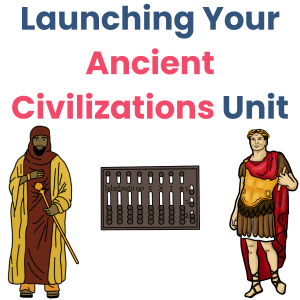Teaching Electricity and Magnetism doesn’t have to be hard. In fact, it can be super fun! (For both you and the kids! Don’t worry!)
Note that this post contains Amazon links. They throw a few pennies my way if you purchase from my links 🙂
Step 1: The first step to teaching electricity is introducing students to basic concepts. Teach concepts like Electrical Safety, Simple Circuits, Insulators and Conductors, Reading Energy Meters, and Using Circuit Symbols. A great way to teach these topics is through a print or digital lapbook. Students will be able to learn key concepts while creating a valuable study tool for the test. Click HERE to check out the PERFECT activities on TPT.
Step 3:
Have fun with electricity stations. Honestly, this is my favourite part of teaching electricity!
Station 1: Snap Circuits
These circuits are super easy to use. Students can follow the instructions to create series and parallel circuits! These are also great for learning about resistors!

Station 2: Makey Makey Kits
Students create circuits using a Makey Makey kit. They can then use the awesome Makey Makey bongo or piano sites to play music with their circuits. This activity is a great way to practice identifying insulators and conductors.
The material that you choose to act as your drum or piano key must be a conductor. Students can experiment with a variety of materials to figure out what works and what doesn’t. (I love using play dough!)
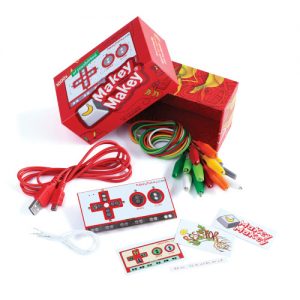
Station 3: Blobz Practice
Students love using this website to learn about a variety of electricity concepts!
Station 4: Act out Circuits Activity
This group of students can act out a variety of circuits. Each student can play a different role (battery, wire, bulb, motor, etc.) You can have them act out series circuits, parallel circuits and more! This is great for our kinesthetic learners.
Step 4: Challenge students with a virtual escape room! Check it out by clicking HERE!
Kiddos love digital escape rooms because they practice electricity concepts but in a game like format! It is important to provide students a variety of opportunities to show what they know and escape rooms allow them to apply their electricity knowledge in a problem solving setting. Are you new to using digital escape rooms? Check out my blog post all about Classroom Management for Virtual escape Rooms!
Be sure to pin this post so that you can find it again when you are ready to start your unit!



